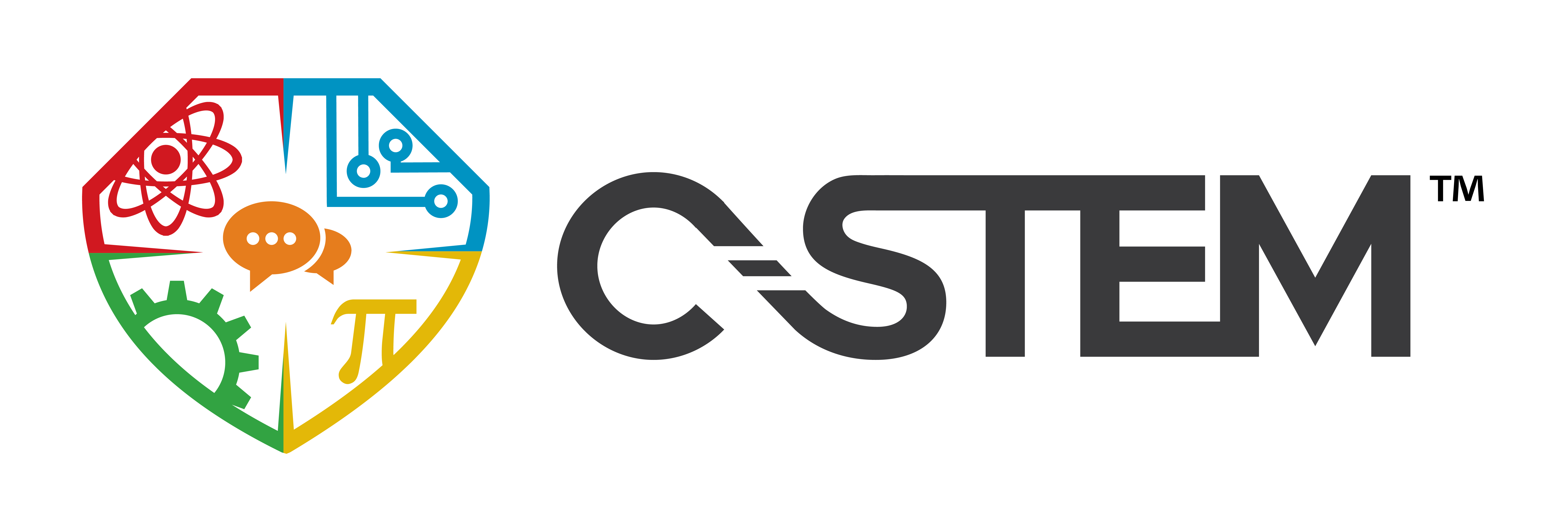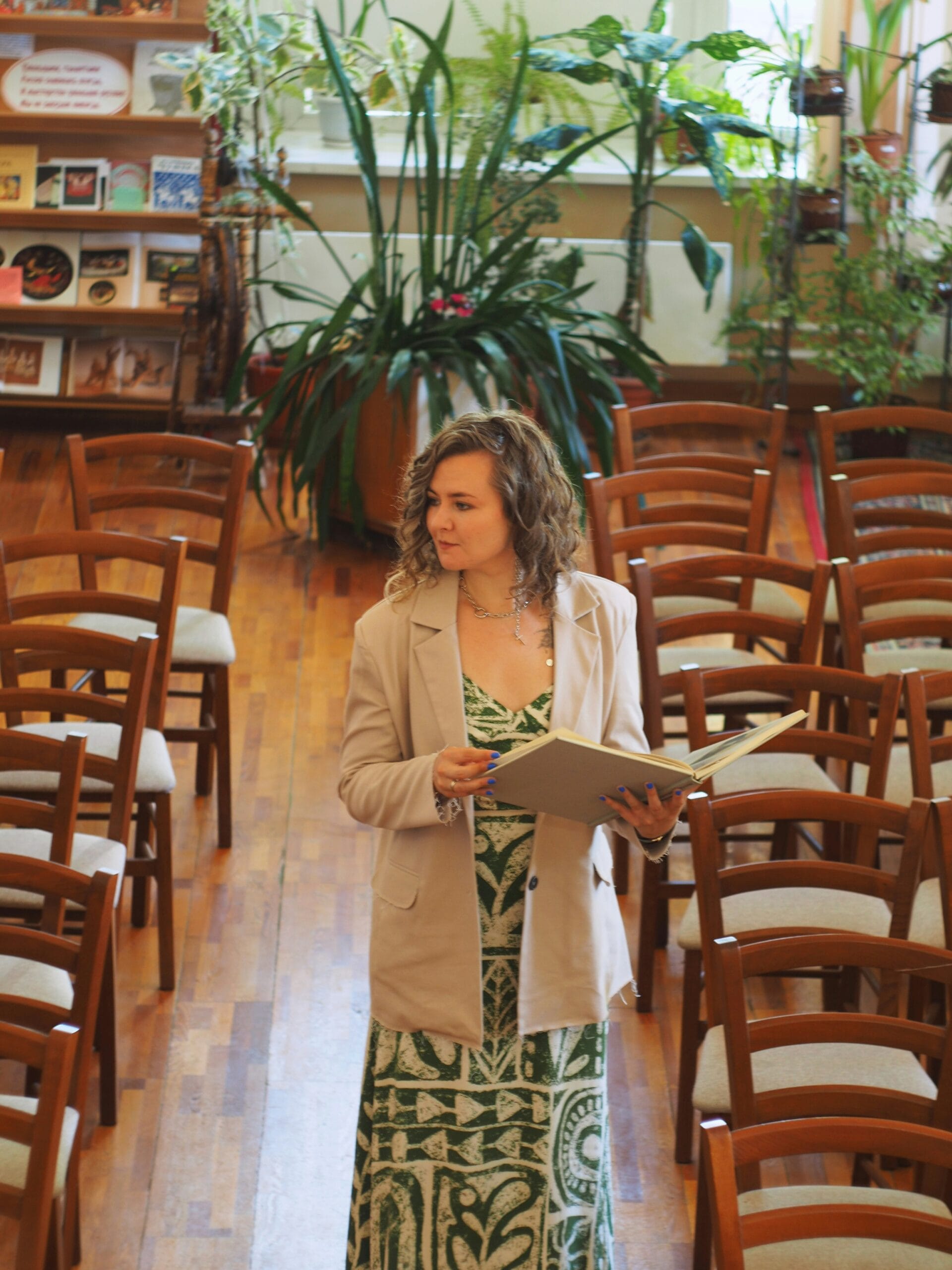By Reagan Flowers, PhD
Founder, C-STEM Teacher and Student Support Services, Inc.
A Stark Decline in Student Readiness
The latest National Assessment of Educational Progress (NAEP) reports revealed what many educators, parents, and members of the business community had already feared. America’s 12th graders are facing the lowest reading levels in three decades. Nearly one-third of seniors lack basic reading skills, and almost half struggle with foundational math. For the nation, scores were 3 points lower than in 2019 for the 12th-grade students.
If our students cannot read at a basic level by the time of graduation, how can we expect them to succeed in college or the workforce?
Female students are showing a decline across the board in comparison to male students, 4% points at the 25th percentile, 4% points at the average score level, and 3% points at the 75th percentile. These numbers are not just statistics. They tell us that too many students are leaving high school unprepared not only for college, but without the essential tools needed to thrive in the workforce, civic life, and everyday problem-solving. This means that tens of thousands more young women are entering adulthood with weakened literacy skills.
When our students cannot determine the purpose of a speech or solve a fundamental percentage problem, we must see this not only as an educational crisis but as an economic and social emergency.
Beyond Pandemic Blame
While the pandemic’s disruptions undoubtedly played a role in remote learning, prolonged school closures, and widespread illness, these declines did not begin in 2020. Many contributing factors have spanned the years, including eroding federal policies intended to support schools and teachers, shifting educational priorities, and an increase in screen time over reading, which have weakened the academic foundation of many students, particularly those already performing at a low level.
When was the last time you read with a child, not just to them?
As policymakers debate funding and governance, while lawmakers debate vouchers versus funding, the real issue remains: students across all races, classes, and genders are leaving school underprepared for what lies ahead.
Literacy and STEM: Intertwined Pathways
Too often, literacy and STEM are viewed as separate challenges. In reality, they are interconnected. Reading comprehension is not just about literature; it is about interpreting data, understanding instructions, and analyzing problems. There is no STEM without literacy, and to excel in STEM, you must be literate.
How can a student solve equations if they cannot understand the problem being asked?
At C-STEM, we see every day how literacy fuels scientific discovery and technological innovation. A student who struggles with reading will struggle to question, to experiment, and to solve complex problems.
“Literacy fuels STEM, and STEM fuels opportunity. One without the other leaves students at a disadvantage.” -Reagan Flowers, PhD
Case Study: Literacy and STEM in Action
At C-STEM, we see this connection every day. In the C-STEM Robotics Challenge, middle school students were tasked with designing a prototype and using that design to build a robot to solve an environmental problem. Their biggest obstacle wasn’t engineering—it was literacy. They struggled to understand the written challenge instructions they were to solve and create an oral presentation that would connect the steps they followed, the “why” behind their design, and with some understanding of the questions related to the Challenge that judges asked.
Through guided support, they practiced reading aloud, breaking ideas and concepts into smaller parts, and discussing as a team before moving into design. By the end, these same students not only built a working prototype and a robot that successfully performed in competition, but also presented their ideas with clarity and confidence to the judges.
What began as a literacy struggle ended as a STEM success story. Reading comprehension became the bridge to critical thinking, creativity, and innovation.
This is the power of reimagined learning: when literacy is integrated into STEM, students develop both skill sets simultaneously—and prepare for the workforce of tomorrow.
A Call to Reimagine Education
Research shows us a path forward. High-dosage tutoring, stronger early literacy instruction, and engaging STEM-based learning experiences are strategies with proven results. Required conversations with family members, rooted in facts and research, at the dinner table, on the sofa, or during car and bus rides with your student early on, is also a proven strategy that yields positive results. We must never forget that solutions require collective will.
If we know what works, what are we waiting for?
Equally important is reimagining how we engage students in the learning process. Experiential, hands-on approaches, such as the C-STEM Challenge, help students connect literacy and STEM to real-world issues, including climate change, sustainability, and technological innovation. These approaches not only close skill gaps but also enhance overall performance. They build confidence and a sense of purpose.
A Shared Responsibility
As sobering as the NAEP results are, they also represent an opportunity. An opportunity to see learning as interdisciplinary, integrating literacy with STEM, and preparing students to be literate graduates who are ready to share their gifts with the world. When we empower students, we strengthen families, communities, and our nation’s future.
How will we rise to this moment to prevent another generation from slipping further behind?






